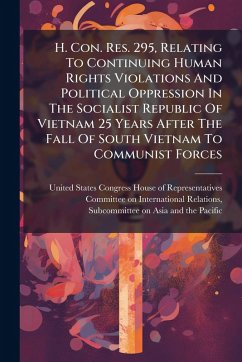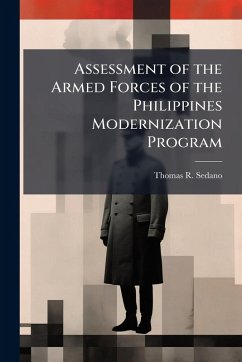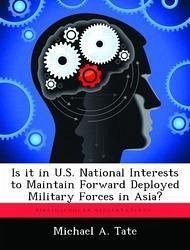
Is it in U.S. National Interests to Maintain Forward Deployed Military Forces in Asia?
Versandkostenfrei!
Versandfertig in über 4 Wochen
15,99 €
inkl. MwSt.

PAYBACK Punkte
8 °P sammeln!
Before World War II, the U.S. had only negligible involvement in Asia. However, the defeat of the Japanese, the need to provide assistance to former European colonies and the perceived need to prevent the spread of Communism, left the U.S. as the major power in the region militarily, diplomatically and economically. As the fear of Communist expansion increased in the region, the U.S. extended its containment policy from Europe to Asia and signed a series of security alliances with Asian nations in the early 1950s to enhance regional security and prevent the rise of a unified, Communist Sino-So...
Before World War II, the U.S. had only negligible involvement in Asia. However, the defeat of the Japanese, the need to provide assistance to former European colonies and the perceived need to prevent the spread of Communism, left the U.S. as the major power in the region militarily, diplomatically and economically. As the fear of Communist expansion increased in the region, the U.S. extended its containment policy from Europe to Asia and signed a series of security alliances with Asian nations in the early 1950s to enhance regional security and prevent the rise of a unified, Communist Sino-Soviet monolith. This policy of containment with respect to China only began to change in 1969 as President Richard M. Nixon's Administration initiated a rapprochement. President James E. Carter's Administration completed the process in 1979 by recognizing Mainland China as the legal government of China to include Taiwan. Further requirements to contain the Soviet Union dissolved in 1991 with its internal collapse. With the end of the Soviet Union, the U.S. began reducing American forces in the region by roughly eleven percent from 1991 to 1995. The intent was to begin transferring security responsibilities to U.S. Allies in the region. Only President William J. Clinton's promise in 1995 to maintain 100,000 military personnel in Asia prevented a further reduction of forces. However, today the U.S. is again continuing to shift the responsibility for Asia's security to its regional Allies, an example being Australia. In July 2000, U.S. Secretary of Defense William Cohen called on Australia to take the lead in formulating policies regarding instability...in the region. This is a result of the changing strategic balance following the collapse of the Soviet Union, the Asian economic crisis, and U.S. military constraints in manpower and budget. In light of a decade of change in Asia with the dissolution of the Soviet Union, military budget and manpower constraints, and the changing U.S. This work has been selected by scholars as being culturally important, and is part of the knowledge base of civilization as we know it. This work was reproduced from the original artifact, and remains as true to the original work as possible. Therefore, you will see the original copyright references, library stamps (as most of these works have been housed in our most important libraries around the world), and other notations in the work. This work is in the public domain in the United States of America, and possibly other nations. Within the United States, you may freely copy and distribute this work, as no entity (individual or corporate) has a copyright on the body of the work. As a reproduction of a historical artifact, this work may contain missing or blurred pages, poor pictures, errant marks, etc. Scholars believe, and we concur, that this work is important enough to be preserved, reproduced, and made generally available to the public. We appreciate your support of the preservation process, and thank you for being an important part of keeping this knowledge alive and relevant.



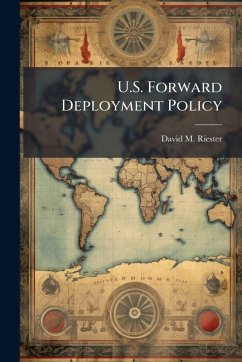
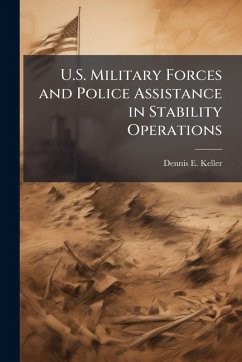
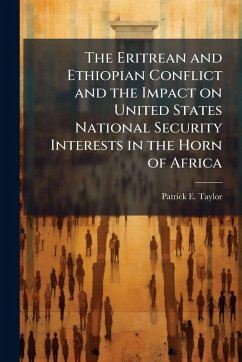
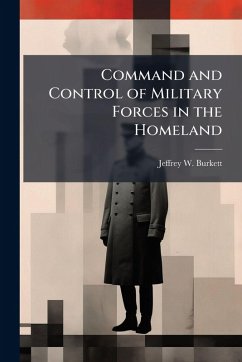
![British American Union [microform]: a Review of Hon. Joseph Howe's Essay, Entitled Cover British American Union [microform]: a Review of Hon. Joseph Howe's Essay, Entitled](https://bilder.buecher.de/produkte/65/65529/65529130n.jpg)

